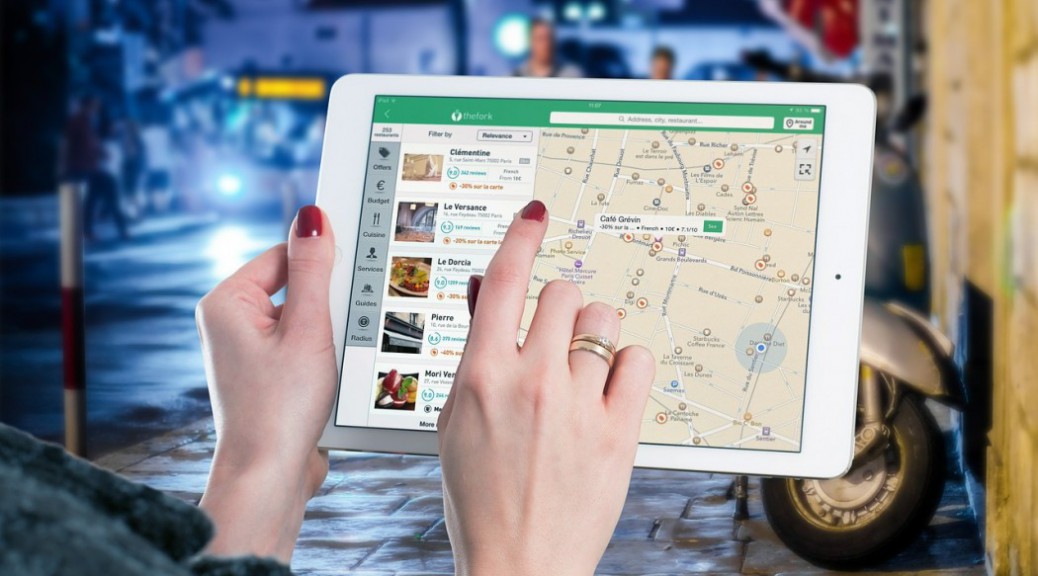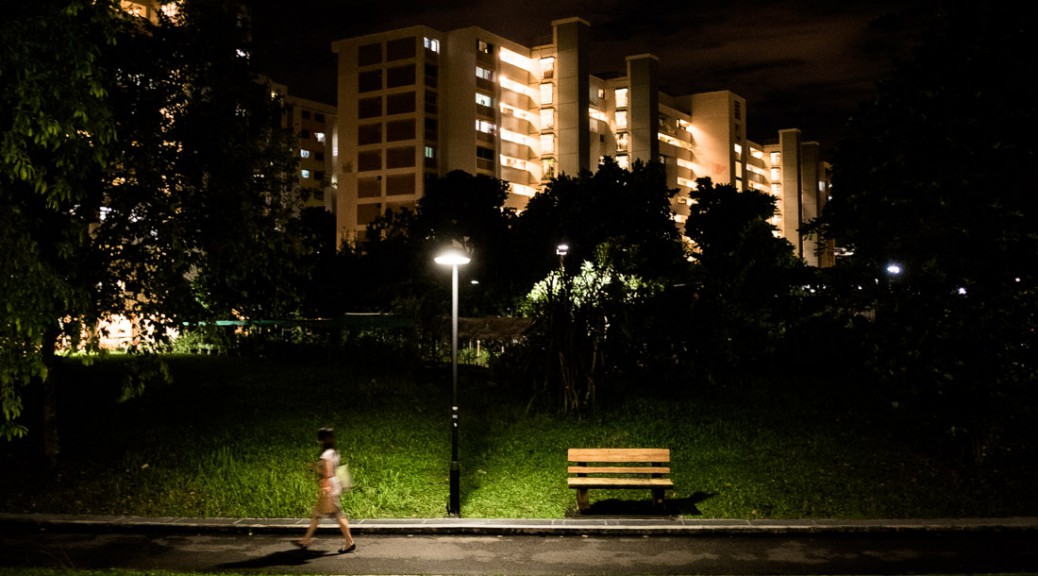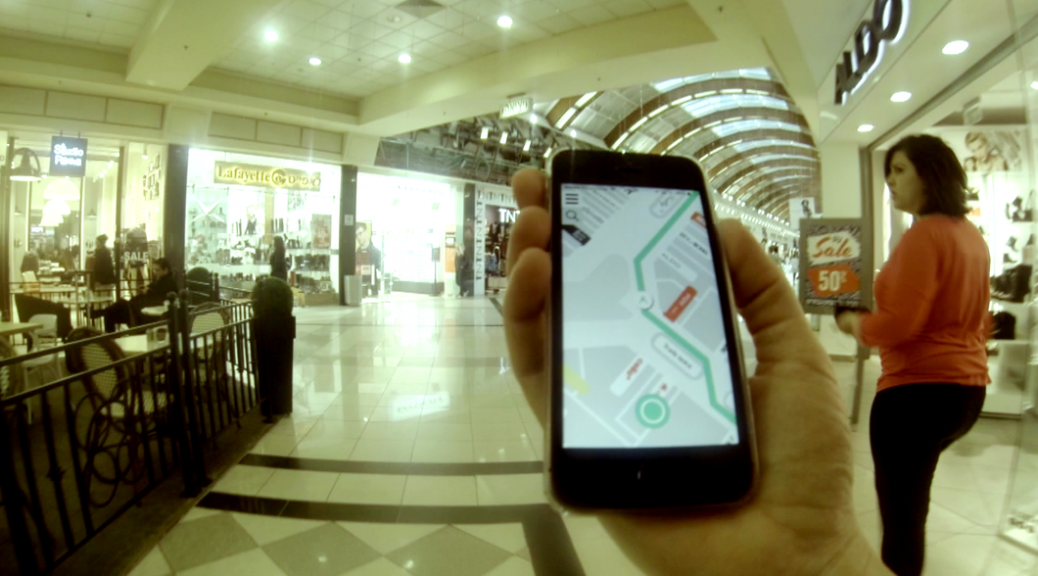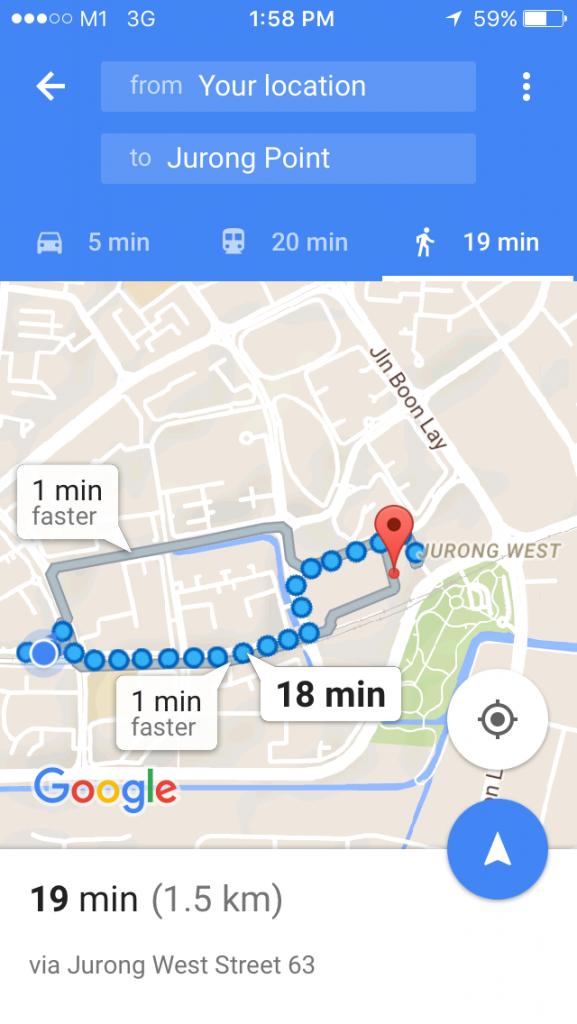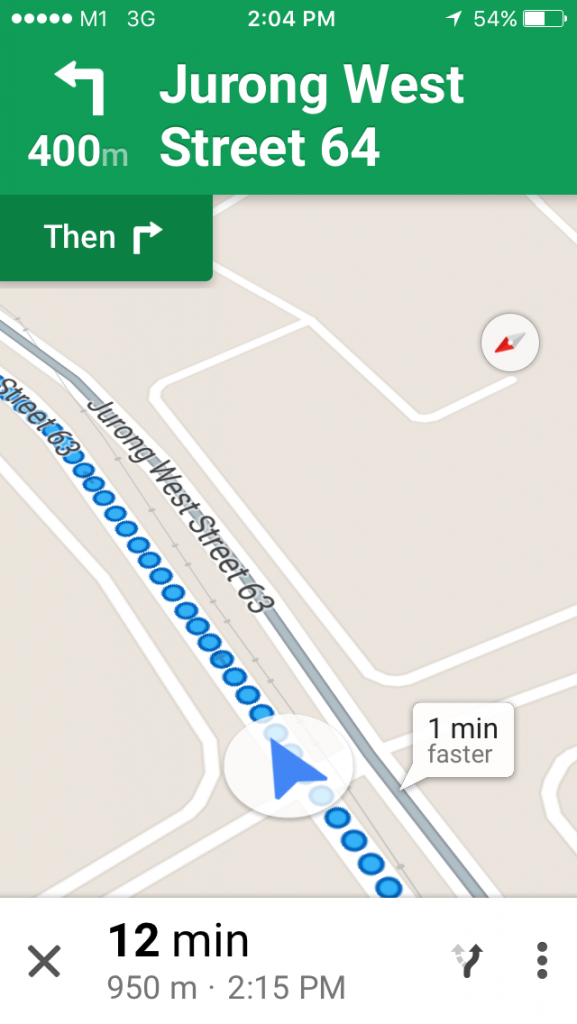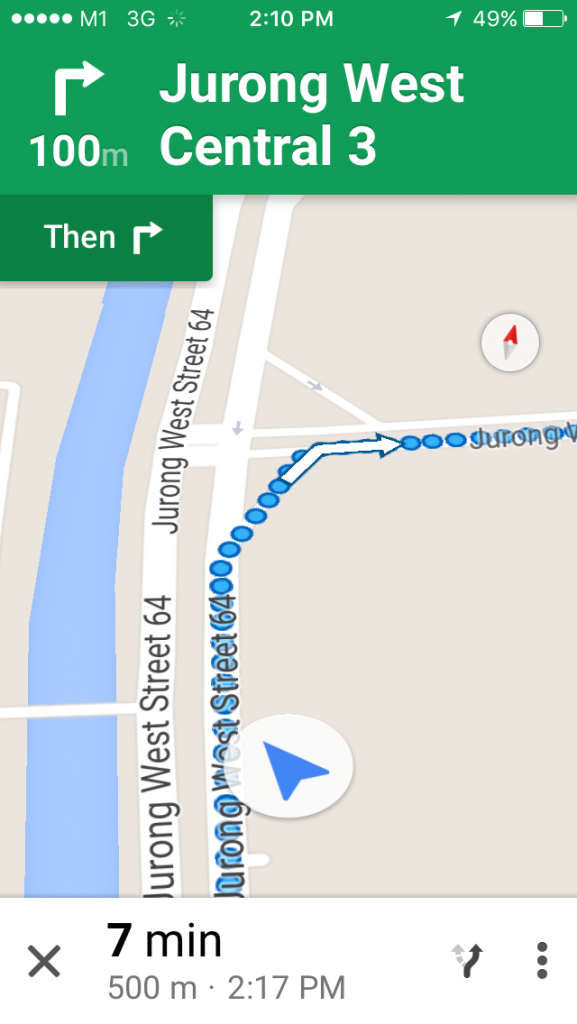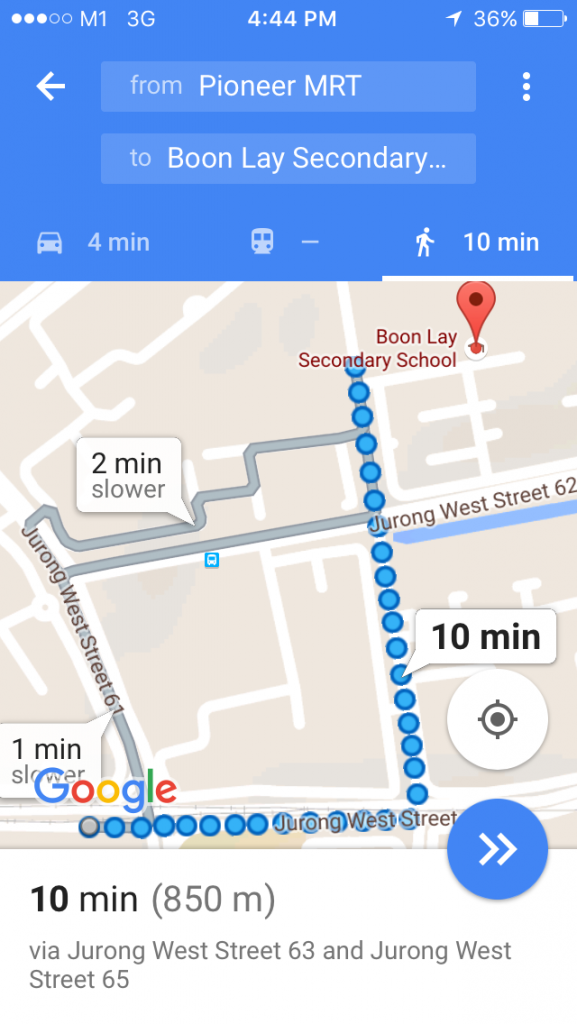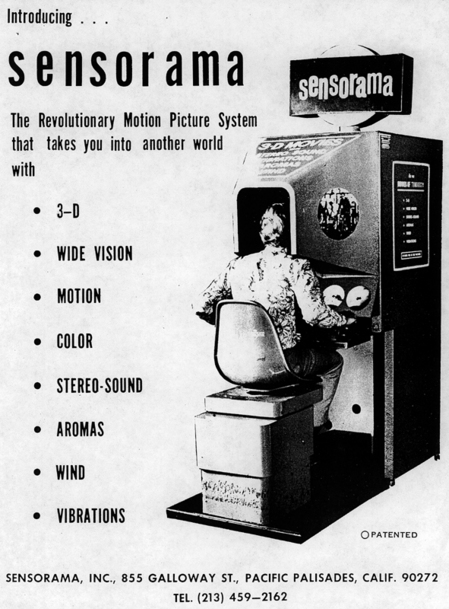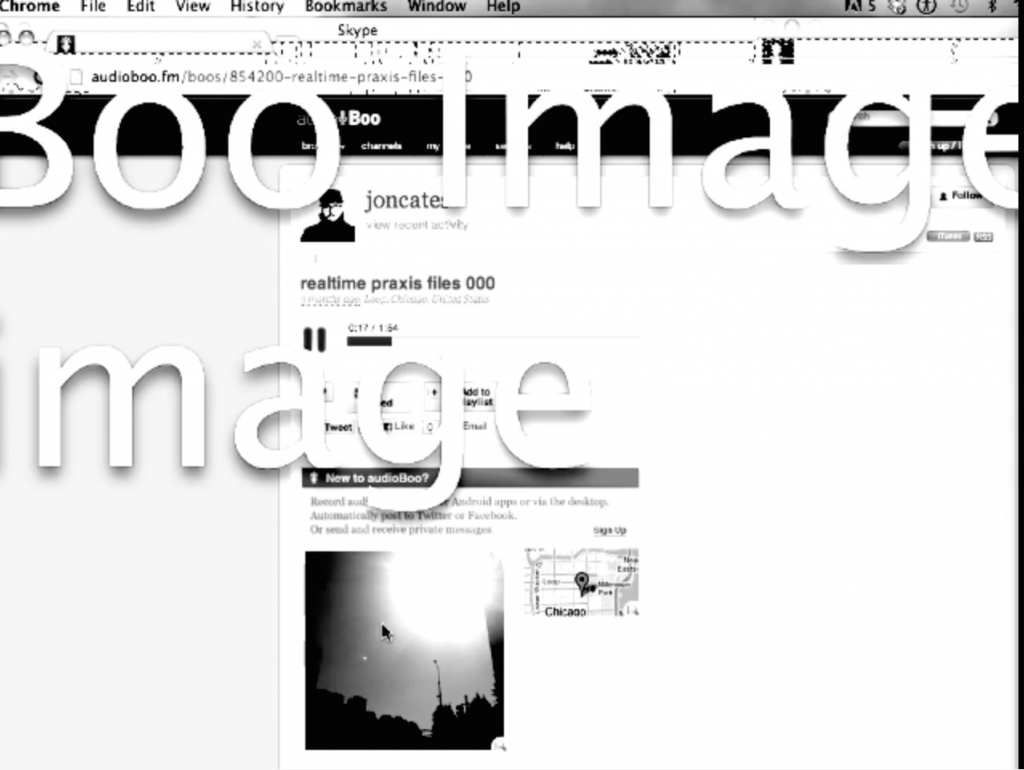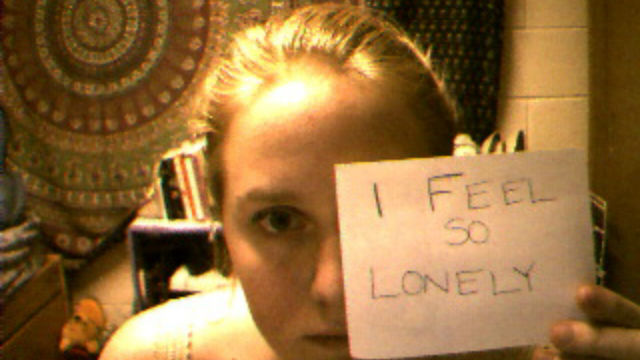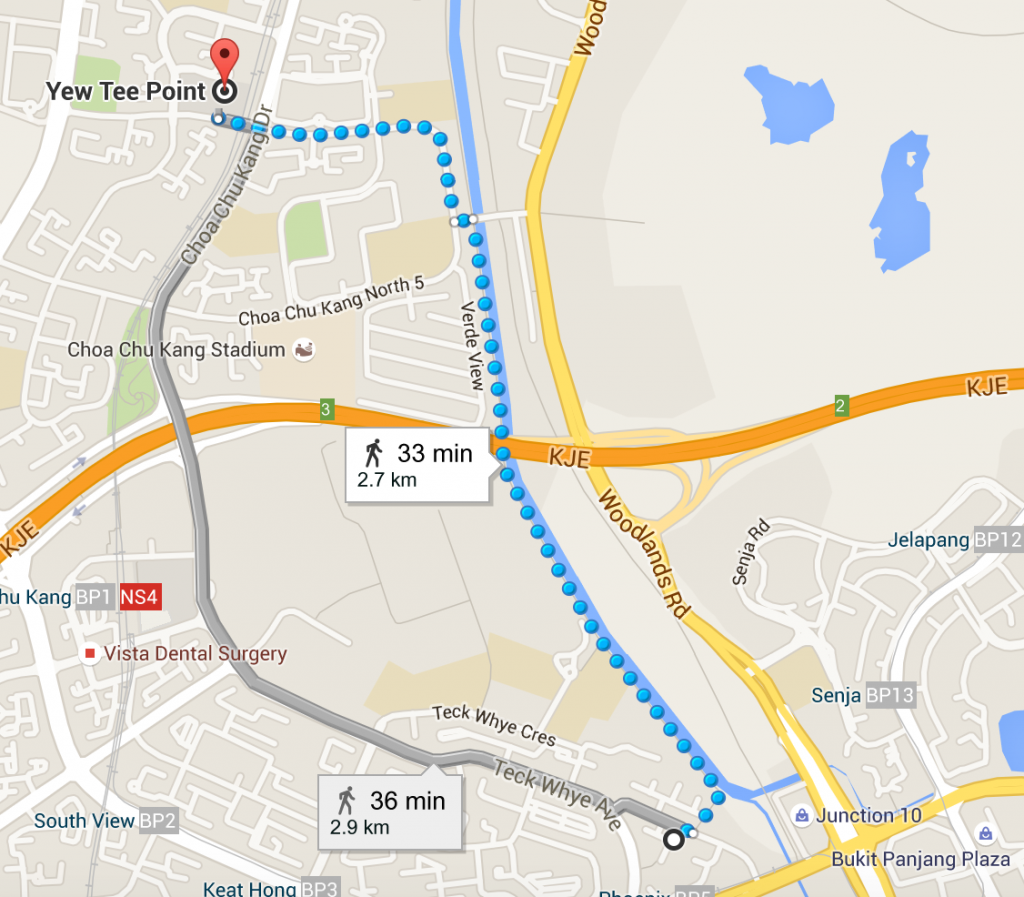Thus, the project is centered around navigating the physical world using the virtual world. The theory that both worlds cannot be present with any individual simultaneously is evident here. So there needs to be a constant flow that links the physical world to the 3rd space to illustrate this theory and the dependency on virtual tools by individuals like ourselves.
Hence, the technical realization has been constructed based on the past experiments, consultations with Randal Parker and of course, brainstorming. For the past 2 weeks, I have been trying out different recording techniques to capture the process of my navigation. The first being the voice recording of my process and my feeling, verbally, in one phone while navigating with Google Maps using the other.
The limitations were the visuals and the noise of the surroundings. Hence for the 2nd experimentation, I will be explored the navigation in an unknown route at night. The reason was to reduce noise that would be a form of distraction to me. The overall experience was more focused and there were less disruptions to my path.
However, after showing Randal, we realized that there is no connection or link to the physical world. It was so glued to the Google Maps that we are not able to relate to the surroundings or a see the difference. I had to re-focus on the core objective. The objective of the project in short, was initially to weigh the dependency of virtual tools in our own physical world; to illustrate how the virtual world has taken over the role of the physical world. Hence with comparison to my objective, the direction of my experiments only covered the virtual aspect.

After brainstorming with Randal, we decided since this had a psychological issue tagged that makes it impossible for any individual to be present in both worlds simultaneously, I needed to show the physical world’s disconnection to the present when I am emerged in the physical world. With the advice of Randal, I decided to metaphorize this using the direction and the angle of the camera angle.
Thus, the main component is Google Map and Skype. Hence, I will be using two phones; one for Google Maps and the other for streaming the recording of the Google Map navigation via Skype. I will be Skype to Randal who will then webcast it via Wirecast Pro. The camera angles will not be fixated to the Google Maps app. There will be constant view of my feet and through body transitional views, re-route back to Google Maps in intervals. Hence, this will be live streamed via Skype and to WireCast Pro for youtube uploading. The location will be somewhere far enough for me to reach back to school in 10 mins. However, to spice things up, I decided that I would add a narrative element to this final project. I would put myself in a situation where I am late and I have to reach class in 10 minutes time. This adds the narrative position where the natural panic mode no longer trusts the self but rather trusts the technology. I will strike an analogy, through the documentation of myself navigating, of how individuals in the panic state and urgency will be dependent on the Google Map app to get them to their location in the fastest route. This will further link back back on our disconnection with the physical world once we are emerged in the virtual world. The only factor that I have not considered is the interaction of the viewers in my project. Perhaps, there might be a way, where people could interact with me to help me route the fastest path or to feedback to me.
